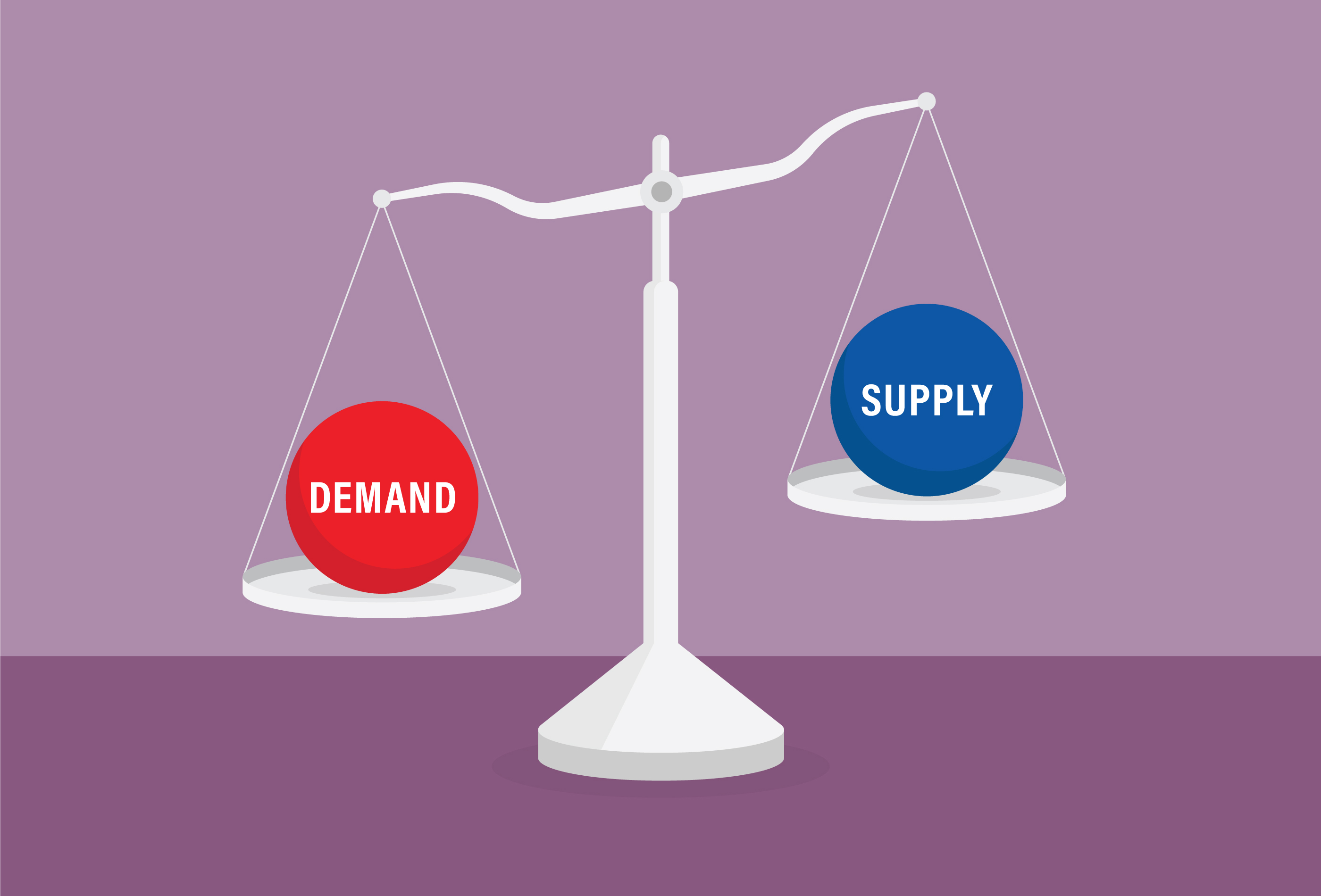Starting a business means asking yourself a lot of important questions about what your business will be, including how it will be structured. If you're considering a sole proprietorship, this article is for you.

What is a sole proprietorship?
A sole proprietorship is the most simple legal business structure you can use in the United States. It doesn't require any special paperwork, you don't have to file any extra tax forms, and there's no waiting for legal documents to arrive before you can get to work.
In fact, aside from filing for a DBA ("doing business as") and any licensure required by your municipality or state for your specific profession, you don't have to wait at all. You can simply declare that your business is open and that you're ready for work and start taking in orders, clients, or contracts.
This is why many small business owners start out as sole proprietors as they test the waters -- it gives them room to work out the bugs in their business model as they grow.
Pros and cons of sole proprietorships
There are almost no disadvantages to organizing your business as a sole proprietor, except for one very serious issue. When you're a sole proprietor, you're not granted the protections that a legally organized business can grant you. If your sole proprietorship is sued, your personal assets will be tangled in the mess, too, and vice versa, since you and the business are a single entity.
However, as a small business, there are a number of advantages to holding on to a sole proprietorship status for as long as possible. Perhaps the most important is that sole proprietorships qualify as a pass-through business for tax purposes, meaning your business income is only subjected to a single layer of income tax. Other advantages include the minimal paperwork and the fact that you don't need an employer identification number (EIN) to pay taxes.
EIN
Sole proprietorship vs. LLC
If you haven't settled on a legal form for your business yet, there are a number of differences to understand between sole proprietorships and your other likely choice, the limited liability company (LLC). Here are a few key differences:
1. Legal protection
This is probably the most important factor when choosing which form for your business to take. In an LLC that is being run properly (that means, especially, no co-mingling of funds), the owner of the business isn't liable for legal issues that may arise from the business.
So, for example, let's say that your company is a pet taxidermy business. You taxidermy someone's pet as a memorial, but you lose the irreplaceable finished product, and you get sued by the pet owner (your client). You aren't personally liable for that issue; your business holds all the liability. Business assets can be encumbered by the lawsuit, but your personal home, for example, can't be pulled into it.
2. Taxes
Sole proprietorships are, by default, pass-through tax vehicles. You and the business are the same entity, so there's no additional layer of taxation possible. This isn't the case for an LLC, which can and may elect to pay corporate taxes for many different reasons.
3. Formation
LLCs are legal entities. This means you'll likely need a lawyer or a few weeks of hard study if you attempt to do it yourself. You'll also have additional steps involved, like registering your business name with the state and filing your LLC before you can get started working.
Sole proprietors, in effect, will their businesses to life. You may need a business license or to register a trade name, but this stuff is simple and can take a day or two, which is nothing compared to the wait on an LLC filing during busy times.
4. Maintenance
Sole proprietorships only need to pay their taxes and renew their licenses, if applicable. LLCs, however, will need to do that, plus file annual reports (your lawyer can do this for a fee) and hold membership meetings, at the minimum. It just adds up to more expense if you don't really need an LLC for your business.
This is not to say that either an LLC or a sole proprietorship is a better business model. Both have places in the business world and often in the life cycle of an individual business. But they are different, and it's important to understand what you're getting into before you choose.
Related investing topics
How to graduate from a sole proprietorship
If you're already running a sole proprietorship or you're considering starting your company as one, you don't have to stay a sole proprietorship forever. If you feel the business model is working and has long-term potential, there can be many benefits to incorporating as an LLC, even if your business is well established.
Graduating from the sole proprietorship model is actually pretty simple. You'll need to fill out the same paperwork anyone does for starting a sole proprietorship, hire some helpful people like accountants and lawyers to file the forms and get you through the changes to your tax reporting, and start thinking about your company as a tiny corporation rather than a one-man show where you have to do a lot of the work yourself.



















